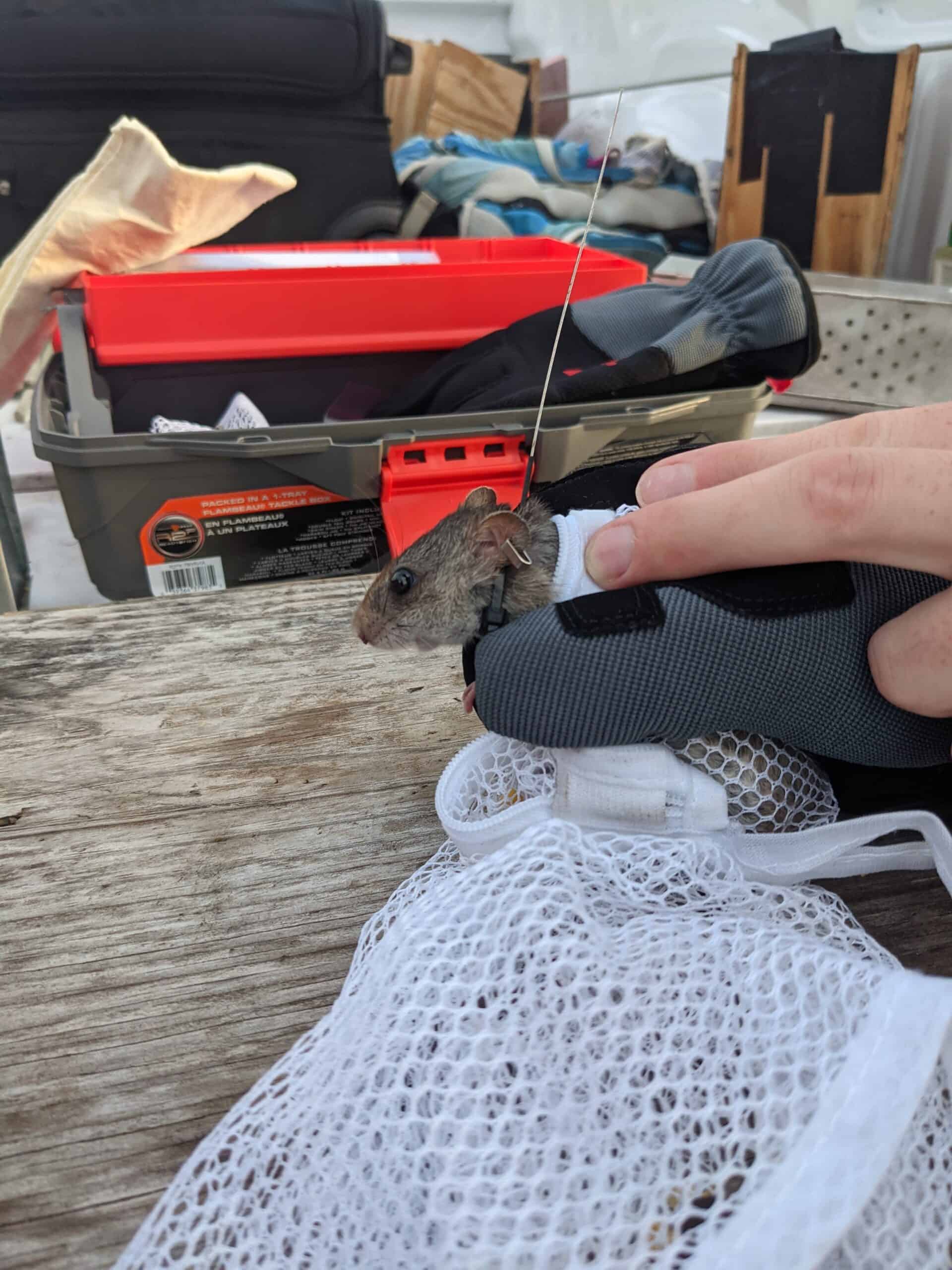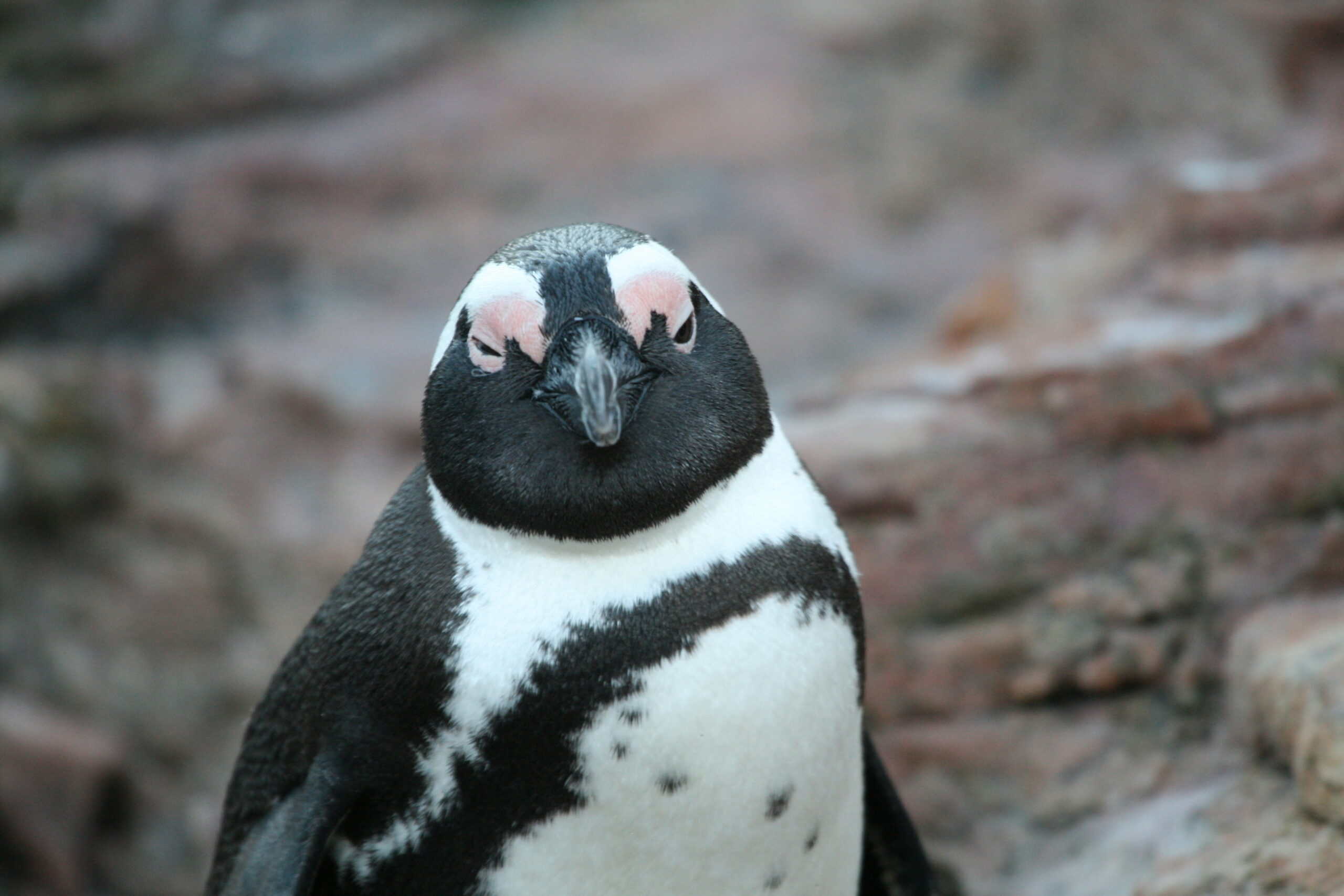Share this article
Wildlife Featured in this article
- silver rice rat
Rising seas push out specialized rat species in Florida Keys
As sea levels continue to rise in the Lower Keys, silver rice rats may run out of habitat
The endangered silver rice rat has shifted its range upslope as sea level has risen in the Florida Keys. But this strategy won’t help them keep up with habitat loss in the long run, researchers found.
The silver rice rat (Oryzomys palustris natator) often gets mistaken for the black rat (Rattus rattus) in the Lower Florida Keys, but they aren’t even in the same genus. Black rats are generalists that can live virtually anywhere, whereas silver rice rats live only at low elevations right near or below sea level in dwarf mangrove environments. The rice rats, which are mostly nocturnal, forage during low tides for species like small crabs and snails.
The U.S. Fish and Wildlife Service had collected some movement data after collaring the endangered rats in 2004. But since then, Hurricane Irma made landfall in the Florida Keys in 2017, and sea levels have been noted to be rising. Researchers wondered how the rice rats were responding.
“They’re a coastal species,” said Paul Taillie, a TWS member and an assistant professor at the University of North Carolina at Chapel Hill. “They would be potentially more responsive to sea level rise, but also might have a bit more potential to cope with sea level rise because they have more room to move up slope compared to other endangered species in the Lower Keys,” he predicted.

Taillie, who was a postdoctoral researcher at the University of Florida’s Department of Wildlife Ecology and Conservation at the time, led a study published in Biodiversity and Conservation looking at the 2004 data and collecting more location data on the species to see how sea level rise may have affected them.
Taillie and his colleagues used locations from radio collars to establish the upper and lower elevation range limits for the species and to determine if these have shifted over time. If they shifted upward, it would mean they were probably getting inundated by water. The team also considered the amount of sea level rise over the period of their data.
Using the 2-3-gram radio collars didn’t come without challenges. Sometimes, they would get damaged in saltwater, and other times the rats would even gnaw the antenna—or even the entire collar—off.

“It wasn’t quite as optimistic as we thought,” Taillie said of the findings. While the rats did shift their range, there was a substantial amount of habitat loss as they moved upward between 2004 and 2021. “They’re kind of moving up that triangular shaped ‘mountain,’” he said. “There’s just less area as you move upslope.”
Then, Taillie and his team projected sea level rise into the future using a NOAA tool that considers greenhouse gas emissions and other factors and found drastic habitat loss for the species as sea level rise increases. “Any kind of mitigation of habitat loss associated with their ability to shift upslope doesn’t really matter anymore,” Taillie said.
That’s bad news for the silver rice rat, Taillie said, although there are potential ways to assist the species. One possibility is controlling black rats, which may compete with them, or reintroducing the species on the mainland where they may do better. But that would come with added challenges, he said.
The challenges the silver rice rat face point to those confronted by other island species. “Islands, in general, are very important in their contribution to global biodiversity because there are a lot of endemic species on islands,” Taillie said. “As sea level continues to rise, we’re going to lose more and more of those species.”
Header Image: Researchers radio collared silver rice rats to determine location data in comparison to sea level rise. Credit: Paul Taillie








